
Power App Developer - Low-Code App Creation
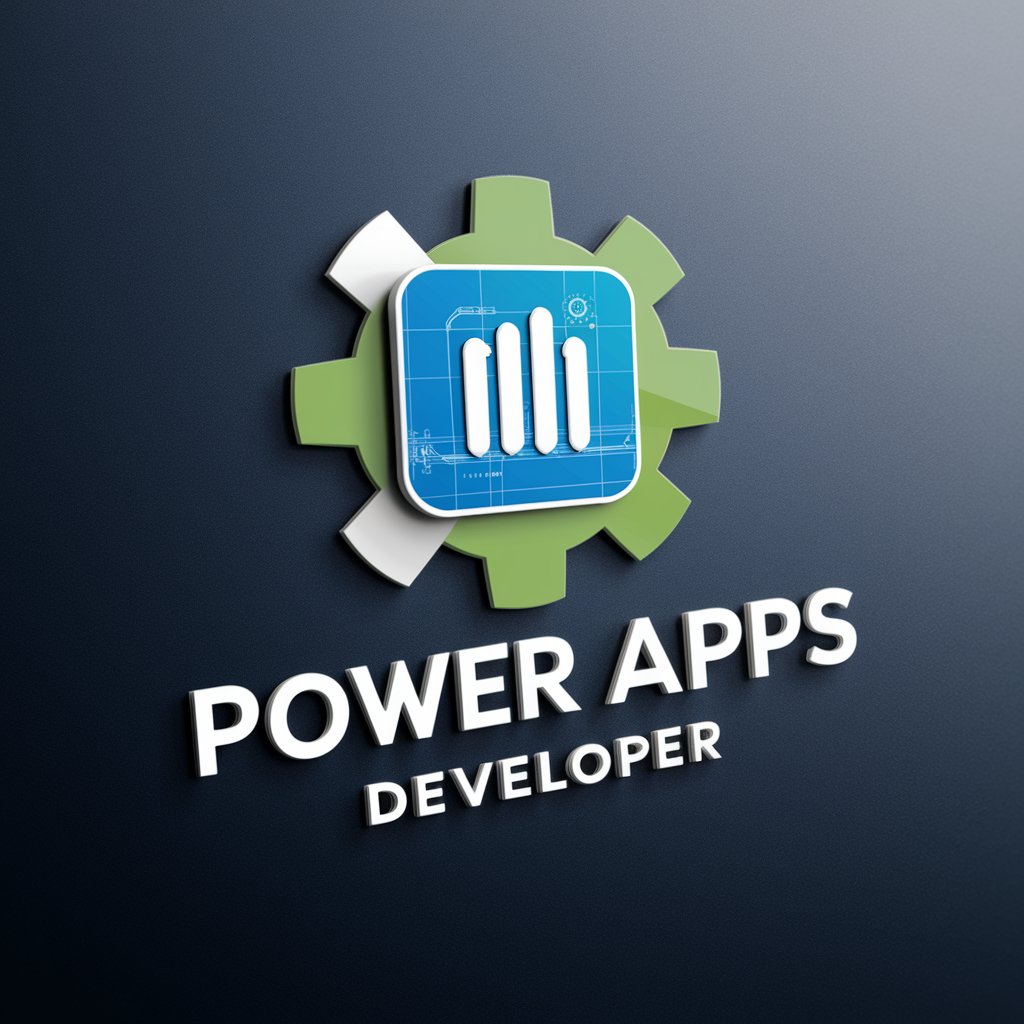
Welcome to Power Apps Developer! Let's build something amazing.
Empower innovation with AI-powered development
How can I integrate SharePoint lookup fields in Power Apps?
What are the best practices for handling Power Apps data components?
Can you guide me on creating custom business logic in Power Apps?
How do I visualize data in a Power Apps model-driven app?
Get Embed Code
Introduction to Power App Developer
Power App Developer is designed to streamline and democratize the process of building custom business applications, enabling users with varying levels of technical expertise to create solutions that meet their specific business needs. By leveraging a low-code approach, it facilitates rapid development, deployment, and management of applications across any device. Power App Developer incorporates a comprehensive set of tools and services, including a drag-and-drop interface, pre-built templates, and advanced data integration capabilities. This allows for the creation of both simple and complex applications that can connect to various data sources, implement custom logic, and incorporate AI components. Examples of applications include automated task management systems, customer feedback portals, and inventory tracking systems. Powered by ChatGPT-4o。

Main Functions of Power App Developer
Rapid Application Development
Example
Building a leave request management system for an HR department.
Scenario
HR managers can quickly design and deploy a leave request application that allows employees to submit leave requests, which are then automatically routed to the appropriate manager for approval. This replaces a manual, email-based process, reducing delays and improving efficiency.
Data Integration and Management
Example
Creating a customer relationship management (CRM) application.
Scenario
Sales teams can manage customer interactions, track sales opportunities, and analyze customer data by integrating the application with existing databases, CRM systems, and other data sources. This enables a unified view of customer information and sales activities.
Custom Logic and Automation
Example
Developing an inventory tracking application for a retail business.
Scenario
Retailers can automate the process of tracking stock levels, generating reorder alerts when inventory is low, and providing analytics on sales trends. This helps in optimizing inventory management and reducing stockouts or overstock situations.
Cross-platform Accessibility
Example
Implementing a field service application accessible on mobile devices.
Scenario
Field service technicians can access work orders, customer information, and service histories on their mobile devices while on-site, improving service delivery and customer satisfaction.
Ideal Users of Power App Developer Services
Business Analysts
Business analysts benefit from Power App Developer by being able to quickly prototype and deploy business applications that address specific workflow gaps or data analysis needs without extensive programming knowledge.
IT Professionals
IT professionals use Power App Developer to rapidly develop applications that integrate with existing IT infrastructure, enforce data governance and security policies, and provide solutions to business units more efficiently.
Departmental Teams
Teams within departments such as HR, sales, and operations can directly build or customize applications to automate department-specific processes, improve data collection, and enhance decision-making capabilities.
Citizen Developers
Non-technical users or 'citizen developers' can design, build, and deploy custom applications to solve business problems, innovate processes, and reduce reliance on overburdened IT departments for app development.

How to Use Power App Developer
Initiate Trial
Start by visiting yeschat.ai to access a free trial without any login requirements, bypassing the need for ChatGPT Plus.
Define Goals
Clearly define your development objectives, whether it's automating a business process, integrating data sources, or creating a custom application interface.
Design Your App
Utilize the Power Apps Studio to design your app, leveraging the drag-and-drop interface to add various components and data connections.
Test and Iterate
Use the preview mode to test your app's functionality and user experience, making adjustments as necessary based on feedback.
Deploy and Share
Once satisfied with your app, deploy it within your organization or share it with specific users to start leveraging its benefits.
Try other advanced and practical GPTs
1st Frequency Black Trauma Mental Health Solutions
Empowering healing through cultural wisdom and AI

AI BikkelProef
Empowering Decisions with AI Insights
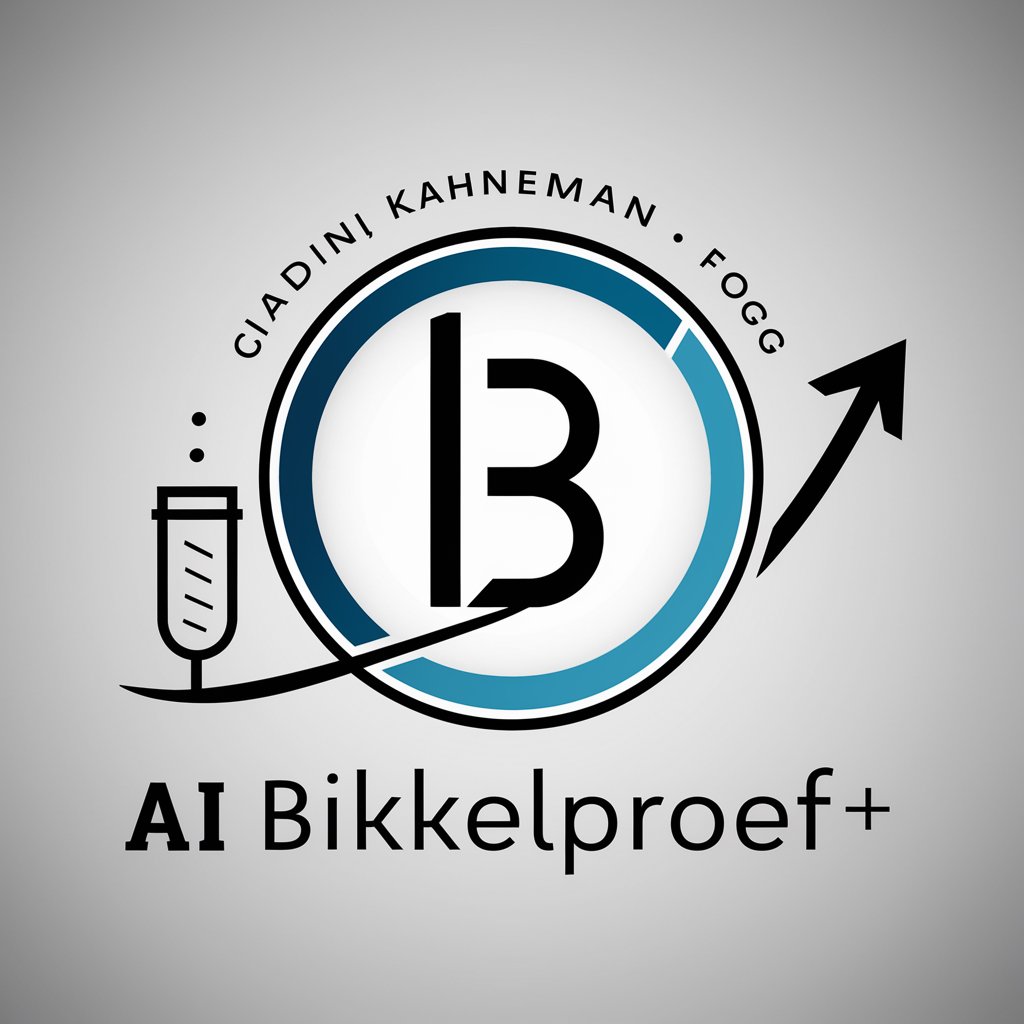
Song Sketcher
Guess the Song with AI Art
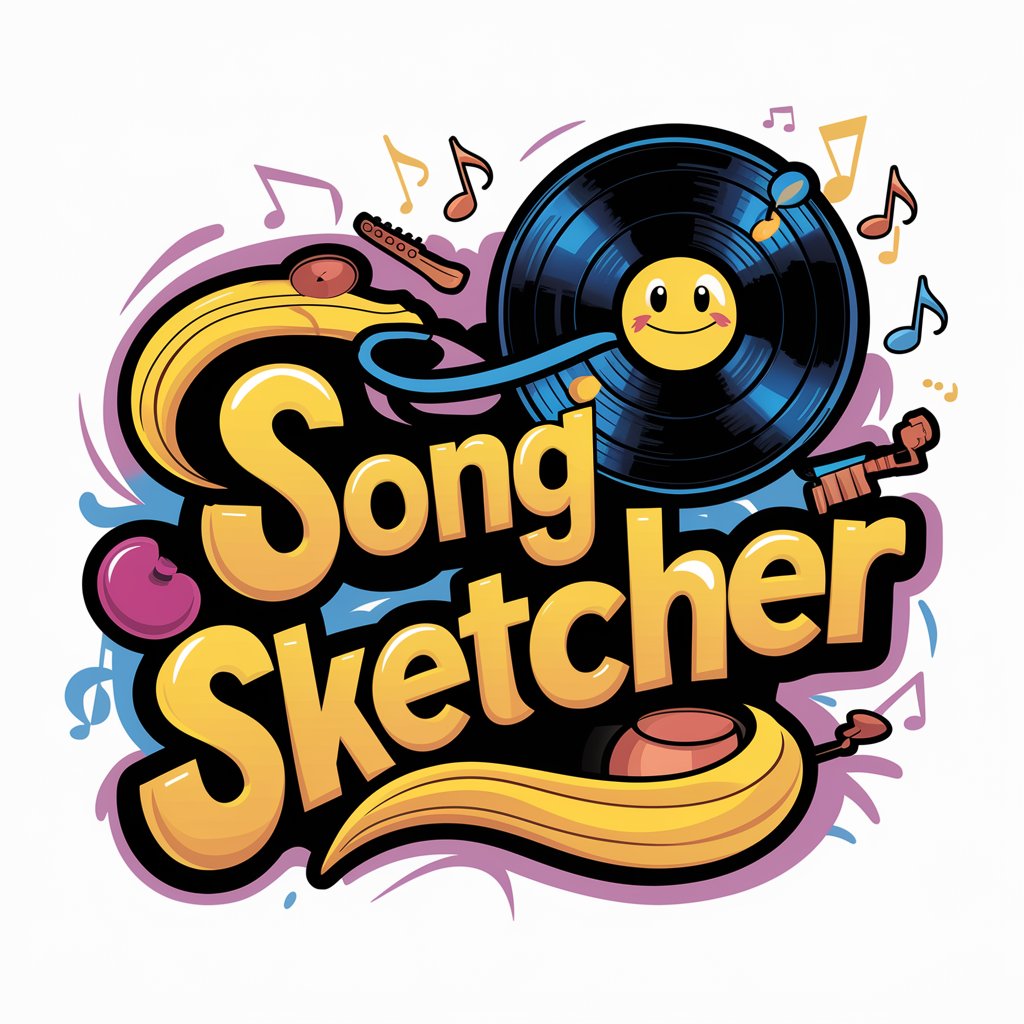
Dungeons Advanced Encounter Generator
Craft and Visualize D&D Battles
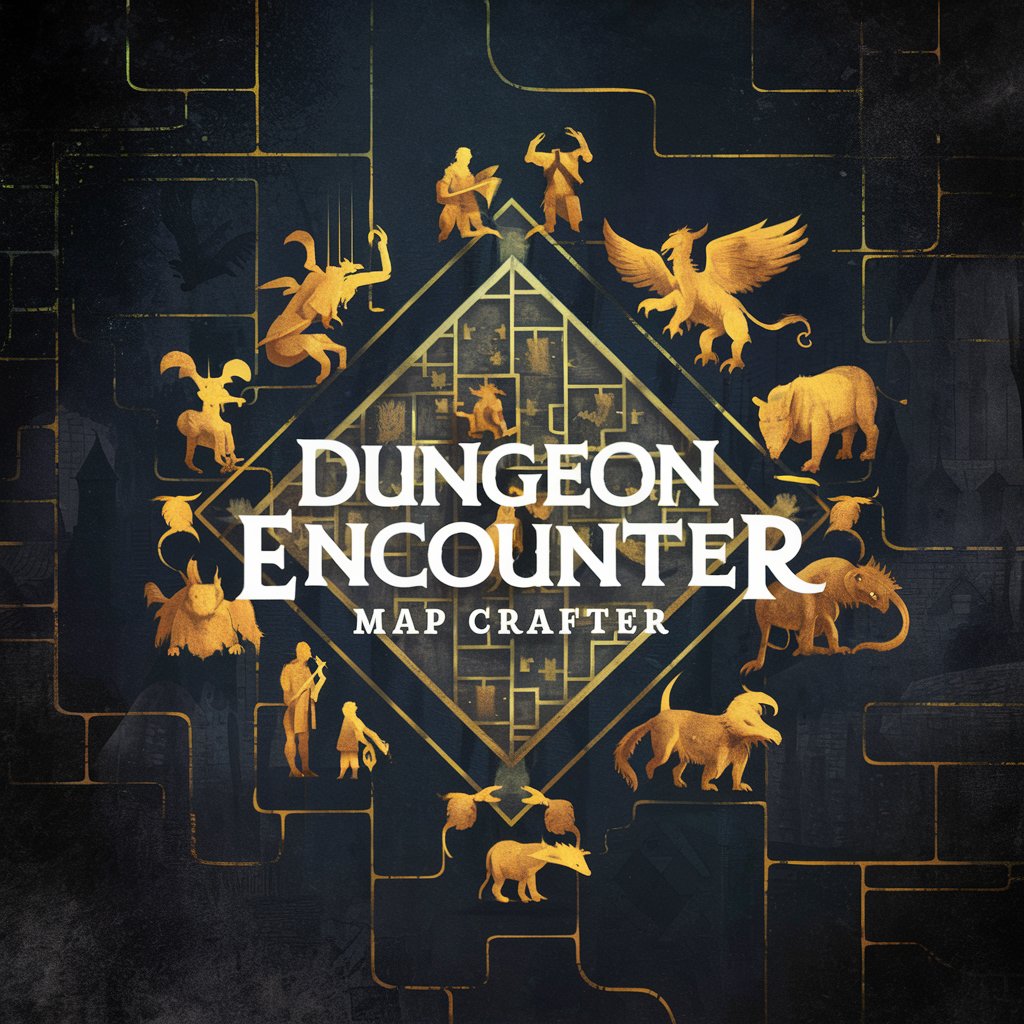
Canadian Government Service Navigator
Navigate Canada's Government Services Easily

Mystory
Crafting Your Personal Narratives with AI
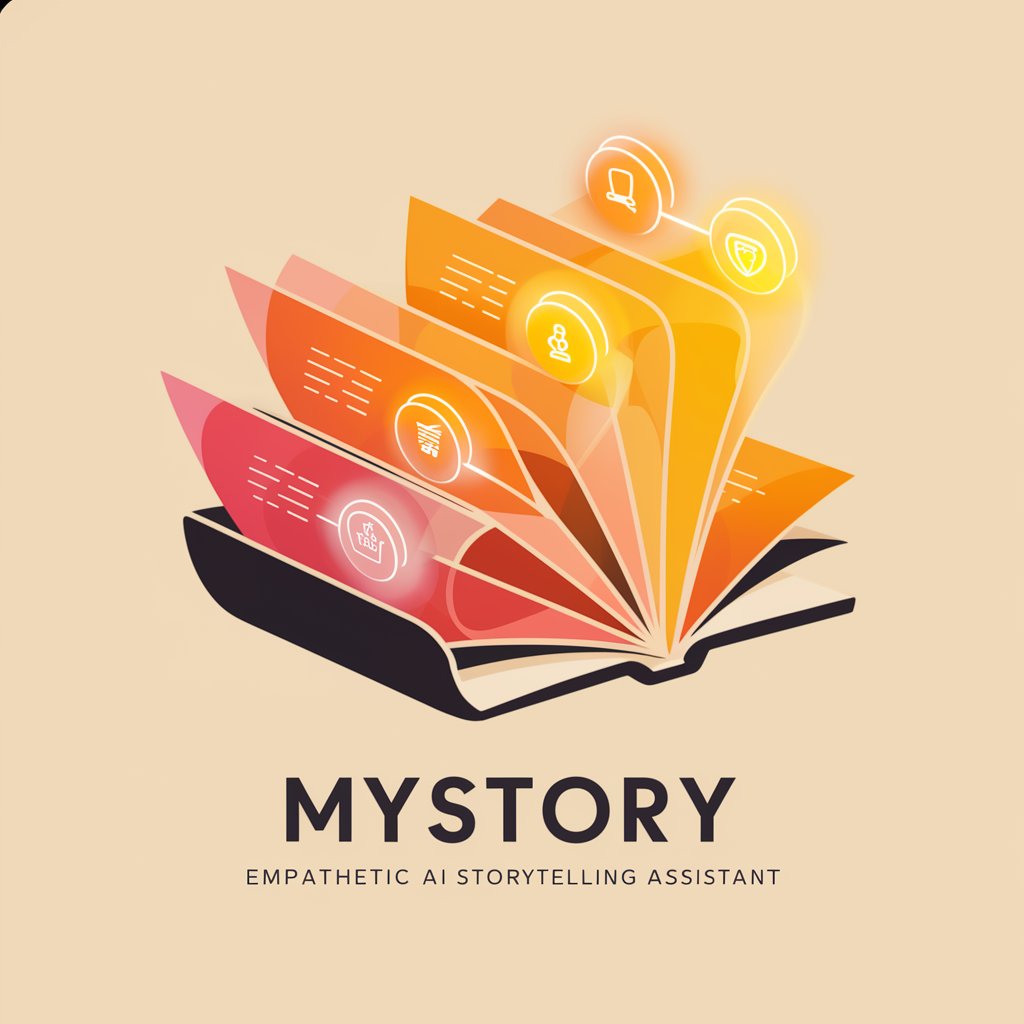
Dr. Ava - Your Virtual Therapist
Empowering Emotional Well-being with AI

WBCT explorer
Enhancing diagnostic insights with AI-powered WBCT analysis.

Exosome Research Publication Analysis
Decipher Exosome Research with AI
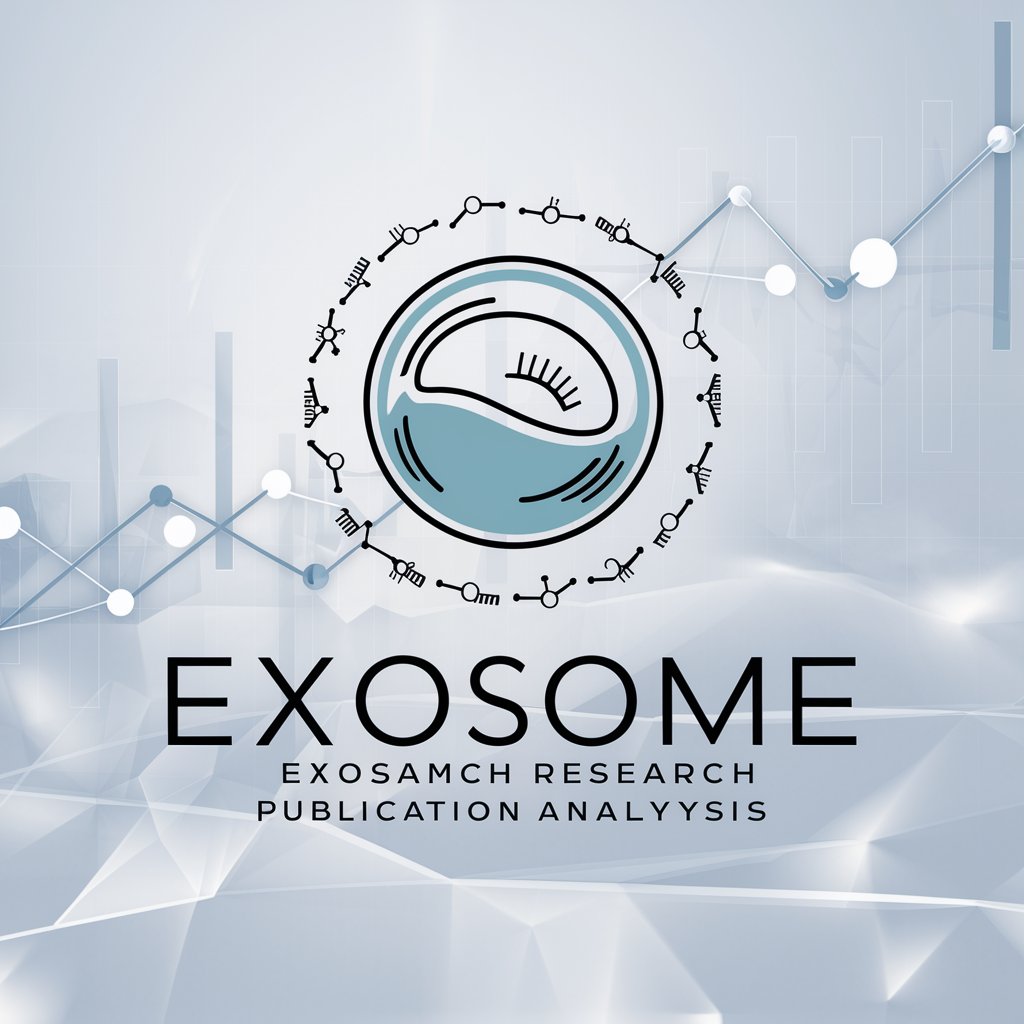
Block Transform!
Brick by Brick, Transforming Imaginations

Value Quest
Master Skills at Your Pace with AI
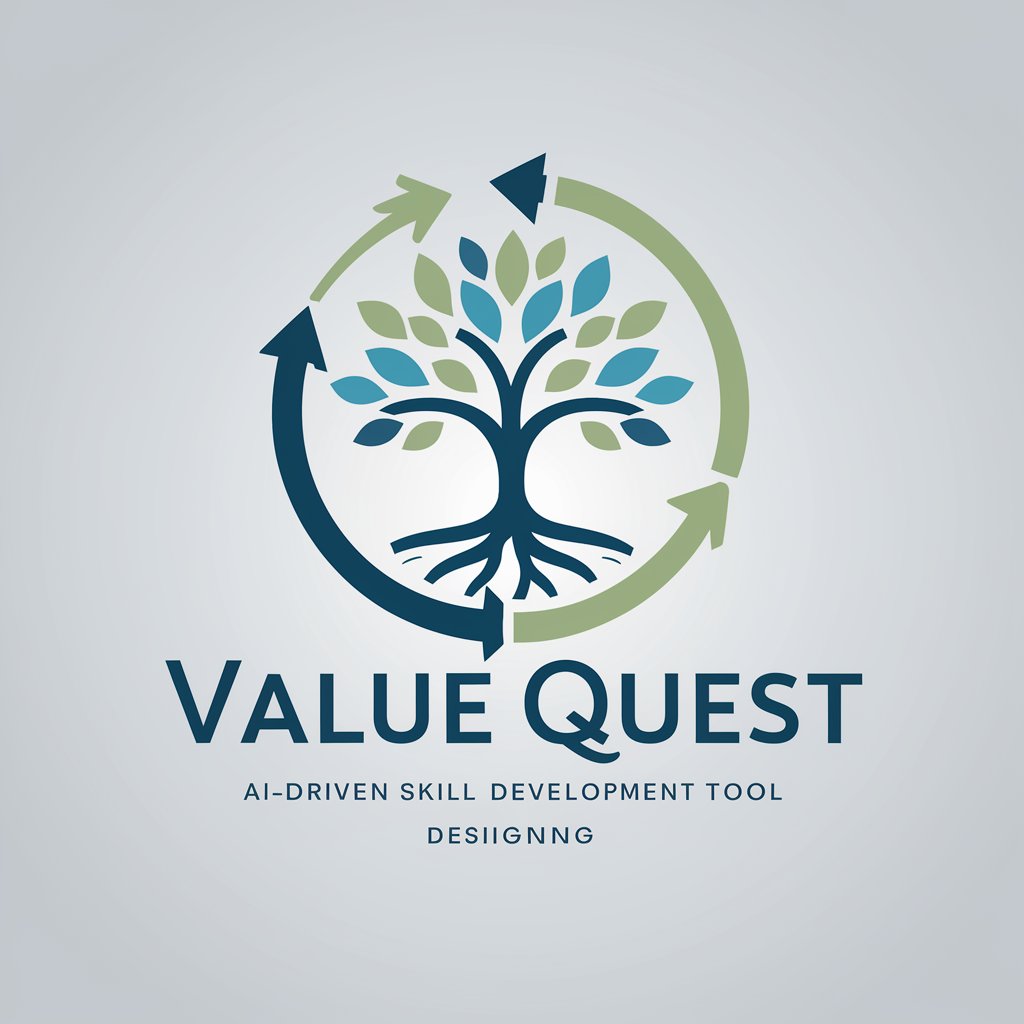
QuizGPT
Elevate Your Knowledge, Challenge Your Mind

Power App Developer FAQs
What prerequisites are needed to use Power App Developer?
Users should have a basic understanding of data models and business processes. Access to Microsoft Power Platform and familiarity with its components is also beneficial.
Can Power App Developer integrate with existing systems?
Yes, it can integrate with various data sources, including Microsoft Dynamics 365, SharePoint, SQL Server, and third-party APIs, allowing for the seamless use and manipulation of existing data.
Is coding knowledge required to create apps?
Not necessarily. Power App Developer provides a low-code development environment, making it accessible for users with minimal coding experience. However, understanding logic and functions can enhance app capabilities.
How can I share my developed app with others?
Apps can be shared directly within the Power Apps platform, allowing you to specify individual users or groups within your organization who can access the app.
What are common use cases for Power App Developer?
Common use cases include internal business tools, such as expense reporting apps, event management systems, inventory tracking apps, and customer service portals.